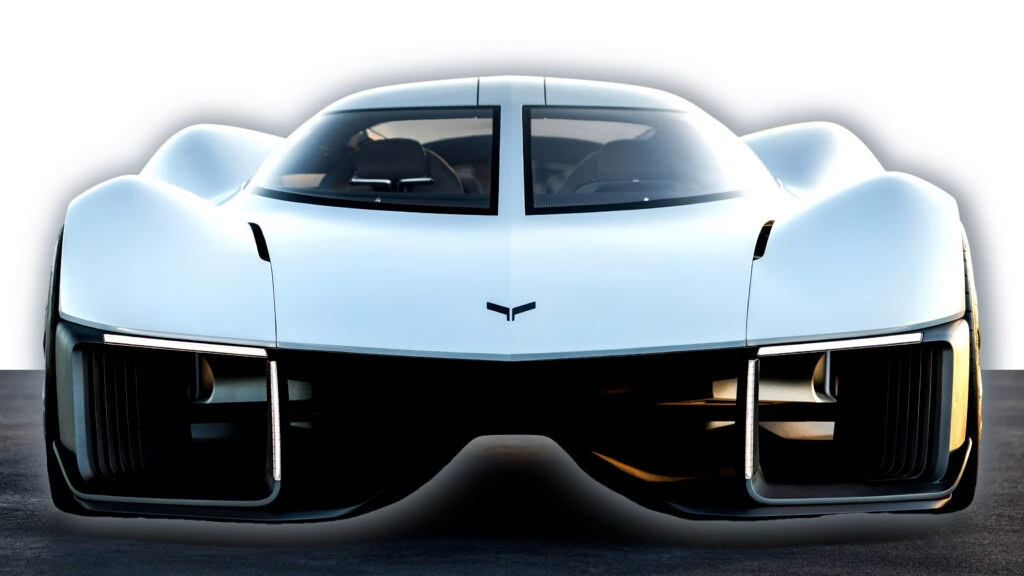When we think about concept cars, it’s like stepping into an artist’s studio where the usual rules don’t apply. Designers get to unleash their creativity, crafting vehicles that often look like they belong in a sci-fi movie rather than on the streets. These imaginative creations allow for experimentation without the constraints of safety regulations or production costs. But let’s be honest: not every concept car is a winner. Some are brilliant, while others leave us scratching our heads, wondering what the designers were thinking.
What Makes Concept Cars So Special?
Concept cars are the playground of automotive designers. They’re the chance to explore wild ideas, from futuristic shapes to innovative technologies. Imagine a world where cars could transform, fly, or even drive themselves—concept cars are where these dreams begin. They serve as a glimpse into the future of automotive design and technology, often showcasing features that might eventually trickle down to production models.
However, with great creativity comes the risk of creating something that’s, well, a bit too out there. Some concepts are groundbreaking, while others flop spectacularly. Remember the Bertone Genesis? It had a Lamborghini V12 engine and gullwing doors, which sounds fantastic until you realize it was built on a minivan chassis. Yes, a minivan. It’s a perfect example of how even the most powerful engine can’t save a design that just doesn’t make sense.
The Corvette Concept: A Departure from Tradition
Take the latest Chevrolet Corvette concept, for instance. It’s a stunning piece of design, but it’s also a departure from what many enthusiasts expect. Gone is the iconic V8 engine; instead, this concept is all-electric. For some die-hard fans, this might feel like a betrayal. The Corvette has long been synonymous with muscle and power, and while electric vehicles are the future, not everyone is ready to embrace that change. This concept serves as a reminder that innovation can sometimes clash with tradition.
The Buick Signia: A Crossover That Missed the Mark
Another interesting case is the Buick Signia from 1998. This concept was ahead of its time, envisioning a crossover before they became mainstream. But the execution? Not so much. It looked like a mashup of a Park Avenue and a Pontiac Aztek, complete with a bizarrely polished wooden bed that slid out for utility. It’s the kind of design that makes you wonder if the team had too many ideas and not enough focus. And let’s not even get started on the interior, which featured a golf club as a gear shifter—definitely not the most practical choice.
Why Some Concepts Should Stay on the Drawing Board
The beauty of concept cars lies in their ability to push boundaries, but it’s crucial to remember that not every idea deserves to hit the production line. Some concepts are better left in the design studio, serving as cautionary tales about the importance of execution. While experimentation is essential for progress, there’s a fine line between innovation and impracticality.
So, what about you? Are there any concept cars you’re relieved never made it to production? Perhaps a design that was just too bizarre, or a feature that seemed more like a gimmick than a genuine improvement? The world of automotive design is filled with both triumphs and missteps, and sometimes, it’s the ideas that don’t make the cut that leave the most lasting impressions.
The big takeaway? Concept cars are about more than just flashy designs—they’re a reflection of our evolving relationship with technology and tradition. Embrace the creativity, but let’s also appreciate the wisdom in knowing when to keep certain ideas on paper. Start thinking about your favorite (or least favorite) concept car, and you might just find a story worth sharing.

